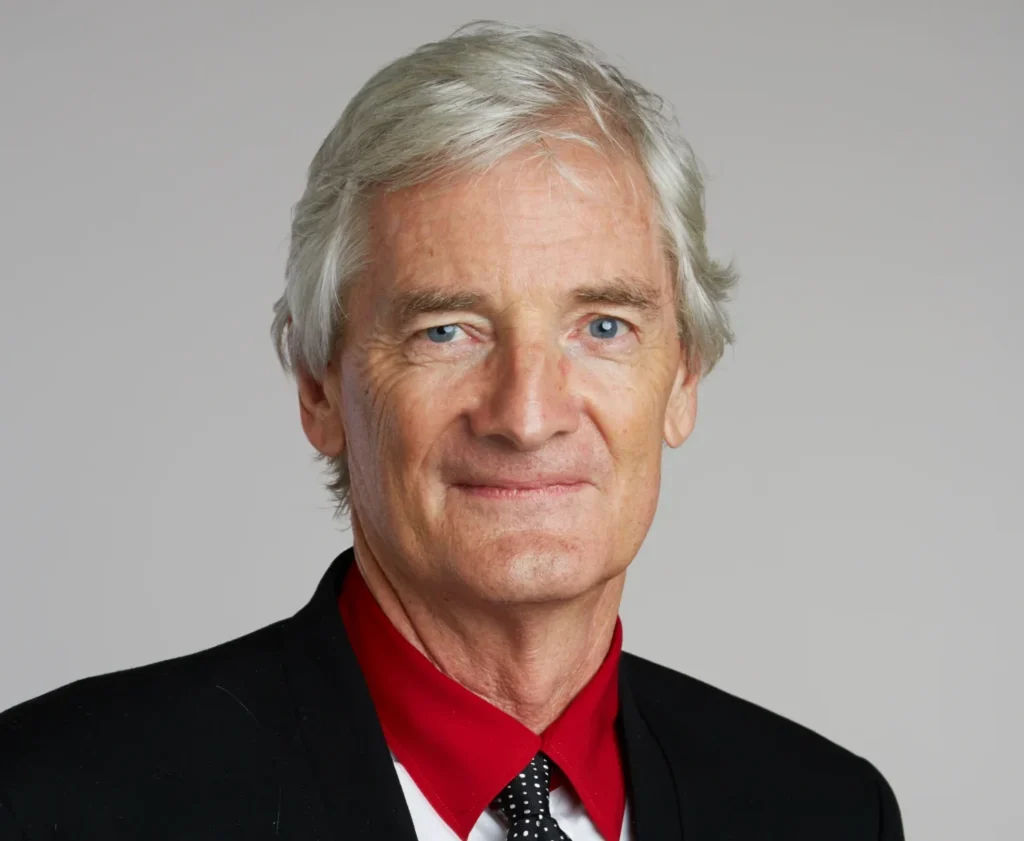Mark Zuckerberg
The Architect of the Digital Age and His Metaverse Vision
By Rizwan Zulfiqar Bhutta
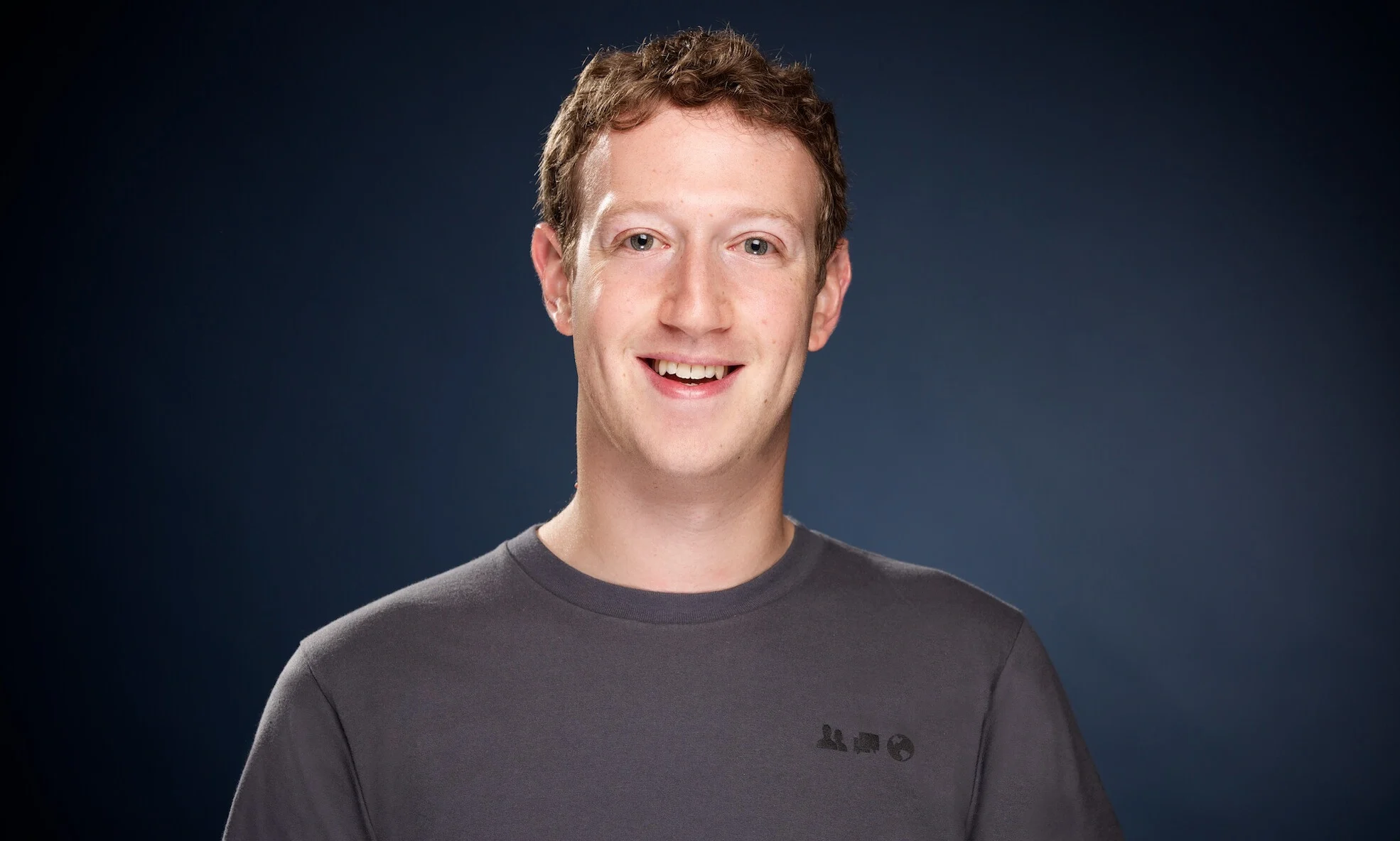
There are figures whose names become shorthand for entire eras, and Mark Zuckerberg is one of them. He turned a campus project into a global phenomenon, built a company that shaped how billions speak, shop, learn, and organize, and then doubled down on a future he believes will be even more transformative, the Metaverse. This is a portrait of that journey, a look at the contradictions and ambitions that come with enormous influence, and an updated read on where Zuckerberg and Meta stand today.
From Dorm Room Project to Global Platform
Zuckerberg’s story is deceptively simple at first, a student building a network to connect classmates. What followed was anything but simple. Facebook, then Instagram and WhatsApp, became cultural platforms that rewired how identity is performed, how information spreads, and how businesses reach customers. The effect was sweeping, creating new economies and new social norms. For better and for worse, platforms under Zuckerberg’s leadership have become the plumbing of modern social life.
That transformation required a leadership style that prized speed, iteration, and engineering-first thinking. Zuckerberg’s so-called Hacker Way encouraged small bets and rapid pivots, and that ethos powered exponential growth. It also concentrated decision-making power in the hands of a few, which only intensified the scrutiny that would follow as the company grew in size and influence.
Wealth, Philanthropy, and Power
Zuckerberg’s financial ascent has been extraordinary, and his wealth today places him among the world’s richest individuals, a status that confers leverage far beyond boardrooms. Alongside wealth came an earnest attempt to redirect resources toward societal problems through the Chan Zuckerberg Initiative, which he founded with his wife, Priscilla Chan.
The initiative has invested heavily in science, education, and community projects, and in 2025 released retrospective impact reports to highlight progress in venture investments in education and life sciences. These efforts aim to apply long-term thinking and technical tools to issues like disease research and education access, and they reflect a belief that technological scale can be marshaled for broad public benefit.
But philanthropy a billionaire scale raises hard questions. Is concentrated private capital the best route to public goods, and how should it be governed, evaluated, and held accountable? Critics will point out that even the most generous pledges do not erase the broader structural issues tied to corporate power and influence. These conversations about scope and oversight will continue to shape the public perception of Zuckerberg’s legacy.
The Metaverse, Reframed and Reinvested
If Facebook was about connecting people through profiles and feeds, the Metaverse is Zuckerberg’s attempt to imagine a future where those connections feel physically present. He described the company’s long-term pivot when Facebook rebranded to Meta, a symbolic move intended to signal a company commitment to build this new, immersive internet. That rebrand was more than a logo change; it was a statement of intent and strategic realignment.
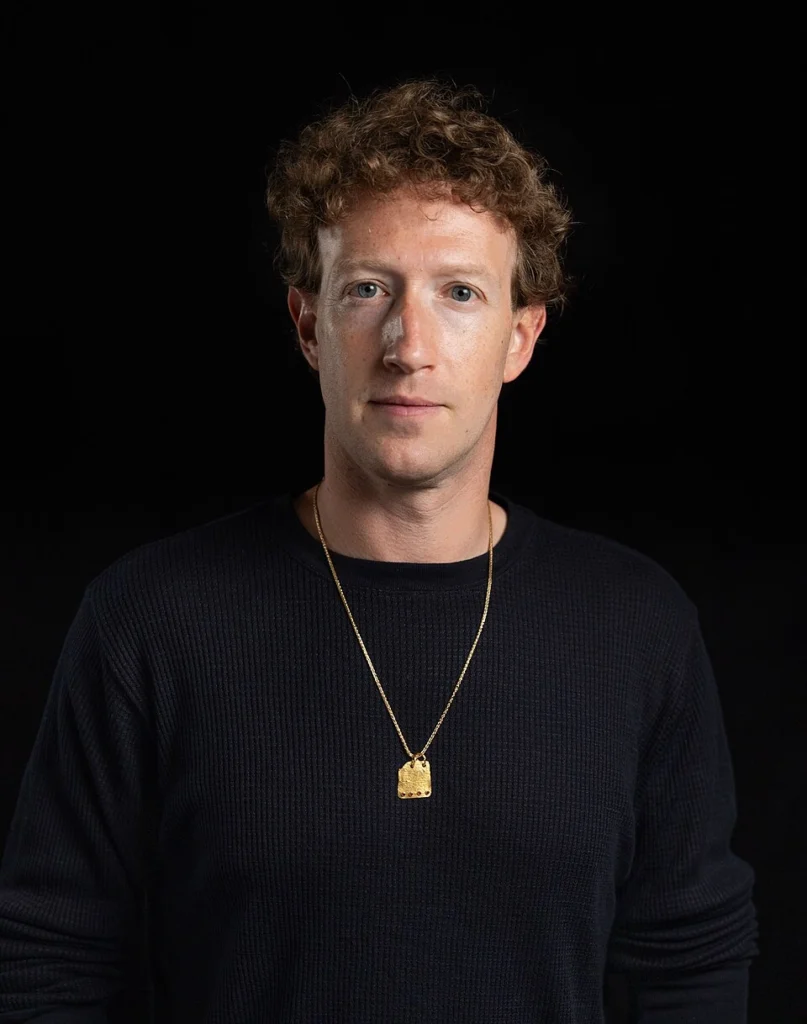
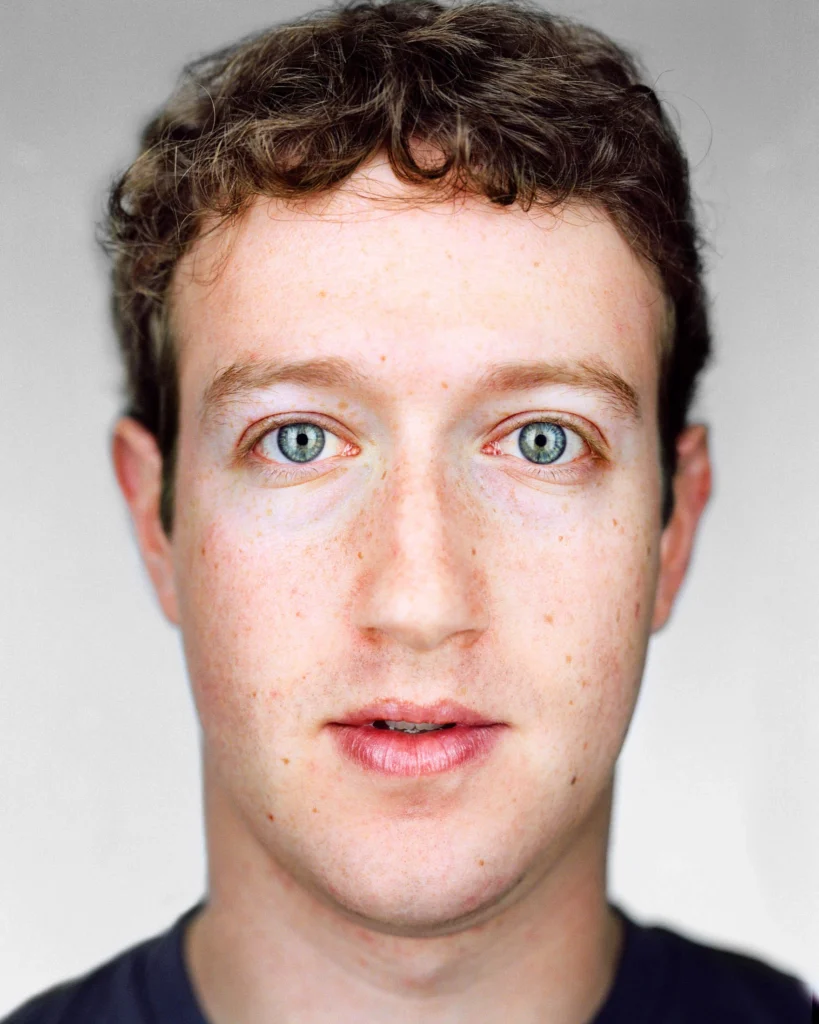
In practice, the Metaverse sits at the intersection of hardware, software, and social design. Zuckerberg sees three pillars: presence technology using VR headsets and AR glasses to create a sense of being somewhere with other people, a new economy of digital goods and services that support creators and businesses, and ubiquitous computing where AR devices help people navigate daily life with contextual intelligence.
The company has sunk billions into Reality Labs to pursue these goals, and more recently Meta has emphasized integrating artificial intelligence into these experiences, racing to combine generative AI with immersive environments in order to make virtual worlds feel less hollow and more useful.
That vision is audacious and expensive. Success would rewrite how we socialize and work, and create entire industries around virtual real estate, avatar economies, and mixed reality tools. Failure could become a cautionary tale about the limits of tech evangelism, especially if the products fail to deliver compelling human value or if they amplify the same social harms critics have associated with earlier social platforms.
The Business and Technical Realities
Behind the big ideas are concrete metrics and market challenges. Headset adoption has grown, but the AR and VR market remains nascent compared to smartphones, and analysts continue to track whether consumer demand will reach the levels Meta projects. Companies like Meta are balancing the cost of hardware development, content production, and software ecosystems while also competing with other tech giants and startups in both AI and immersive technologies. Industry analysis suggests that the race is increasingly about integrating AI and immersive tech into cohesive, user-friendly experiences, rather than selling the idea of a virtual world alone.
At the same time, the company has faced the usual pressures of a public technology firm, from profitability expectations to product reception. When high profile product experiments meet public skepticism or backlash, it reminds investors and users that ambition must be matched with clarity about usefulness and ethics.
Controversies, Regulation, and Public Trust
No portrait of Zuckerberg is complete without the controversies that have shadowed Meta’s rise. From the Cambridge Analytica scandal to ongoing debates about privacy, algorithmic amplification of misinformation, and political advertising, the company’s platforms have been scrutinized by regulators, journalists, and legislators across the globe. Those episodes have spurred new rules, antitrust actions, and a broader public conversation about how to balance innovation with safety, transparency, and democratic stability.
More recently, Meta’s attempts to launch experimental AI-driven features, including a product concept that generated AI videos, were met with ridicule and concern, illustrating the fine line between technological possibility and social acceptability. The mixed reactions to such launches underscore the heightened expectations placed on major tech firms to anticipate harms and design responsibly.
The Personal Behind the Public
Despite his enormous public presence, Zuckerberg has retained aspects of a private life centered on family. He and Priscilla Chan have spoken openly at times about their fertility struggles and parenting, a candidness that humanizes a figure often portrayed as distant or robotic. Their charitable choices reflect a shared interest in long term investment in public goods, and their family life anchors a narrative that is not only about power and technology, but also about what motivates them personally.
Zuckerberg’s early friendships and cofounder relationships evolved over time, sometimes contentiously, and today his inner circle is a blend of engineers, executive leaders, and philanthropic partners who share a vision for technological influence. His hiring philosophy emphasizes exceptionalism and alignment, a reflection of how he views the responsibility of steering large teams toward a unified objective.
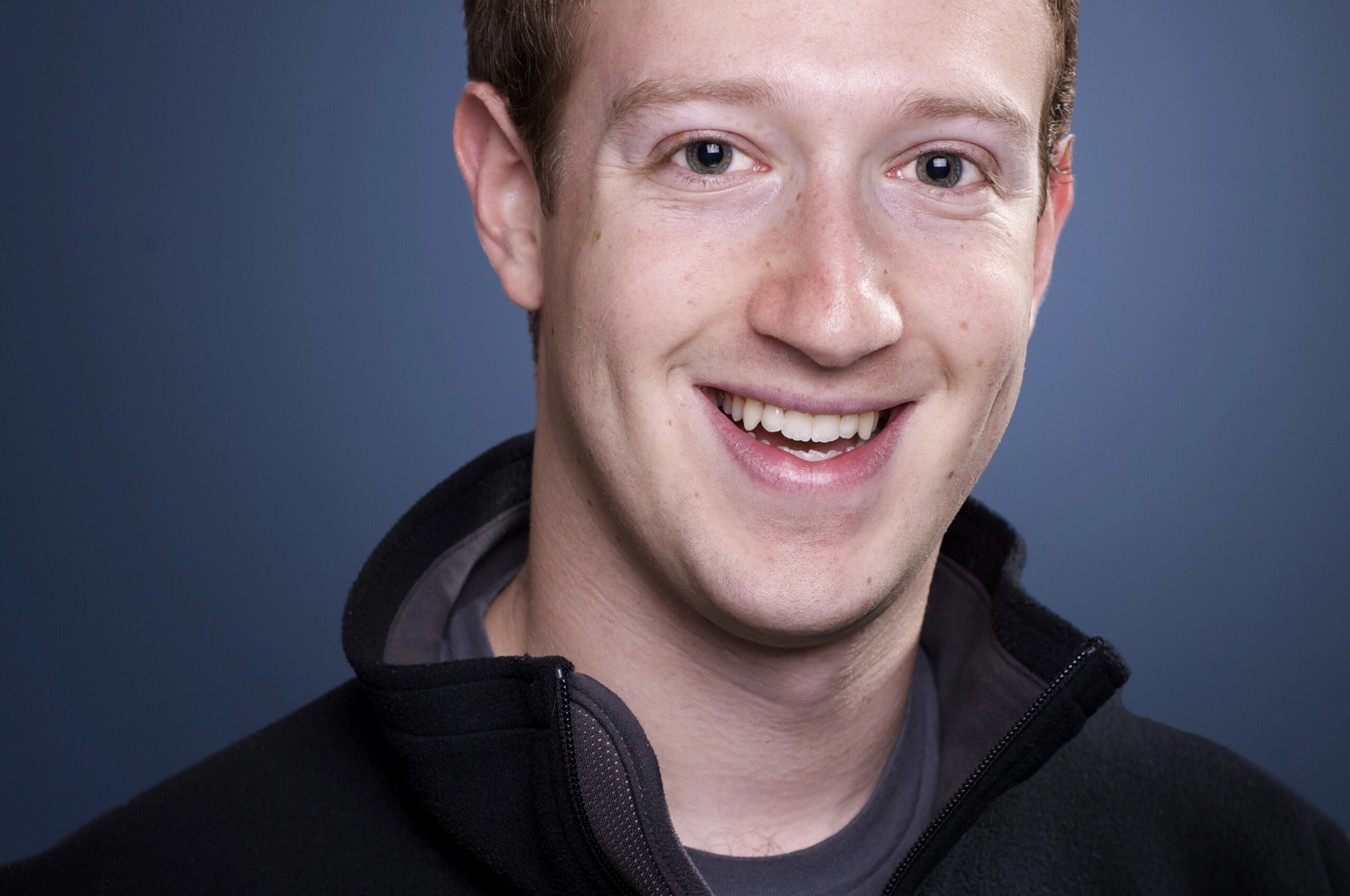
A Mixed Cultural Legacy
Assessing legacy is a long game, and Zuckerberg’s influence will be debated for decades. He transformed the social graph of the internet, created tools that made it easier to organize and create communities, and pushed forward technical experiments that may define the next computing era. At the same time, his company’s history is a ledger of trade offs, where convenience collided with privacy, and network effects amplified both social good and social harm.
“We exist to make the world more open and connected,” is a line that captures the aspiration, and the friction of that mission is where most debates land. The key question that now hangs over Zuckerberg is whether the next phase, the Metaverse, will prove to be an expansion of human flourishing, or whether it will multiply the structural problems that accompanied earlier forms of social technology.
Looking Forward, and Looking Back
The next few years will be decisive. Will AR glasses become as ubiquitous as smartphones, offering genuinely helpful experiences rather than gimmicks? Will the digital economies Meta envisions create sustainable livelihoods for creators, or will they become extractive marketplaces? Can a company that has faced trust deficits build immersive experiences in a way that earns public confidence?
Zuckerberg has made enormous gambles before and won enough to warrant attention when he doubles down again. Yet successful innovation now requires more than engineering prowess. It will require humility about harms, collaboration with outside experts and regulators, transparent governance, and clear demonstration that new products help people live better lives. “The Metaverse is the next evolution of the internet, something you’re inside of rather than just looking at,” he said at the time of the rebrand, and that aspiration must be matched with responsibility in execution.
Mark Zuckerberg’s arc is a study in scale, ambition, and contradiction. He built platforms that changed how we see ourselves and each other, he wagered his company’s future on an immersive vision of connection, and he has attempted to direct enormous wealth toward solving big problems. The outcomes of these choices are not yet fully written.
As Meta moves forward, integrating artificial intelligence with immersive experiences, and as philanthropic investments continue to seek measurable impact, the world will watch how these experiments in technology and society unfold. The final measure of Zuckerberg’s influence will not merely be the products he ships or the sums he donates, it will be whether those things help people lead richer, safer, and more equitable lives. “You should only hire someone if you would work for them,” he has said, and perhaps the same litmus test applies to every grand technological vision, whether crafted in a dorm room or in a sprawling research lab.


